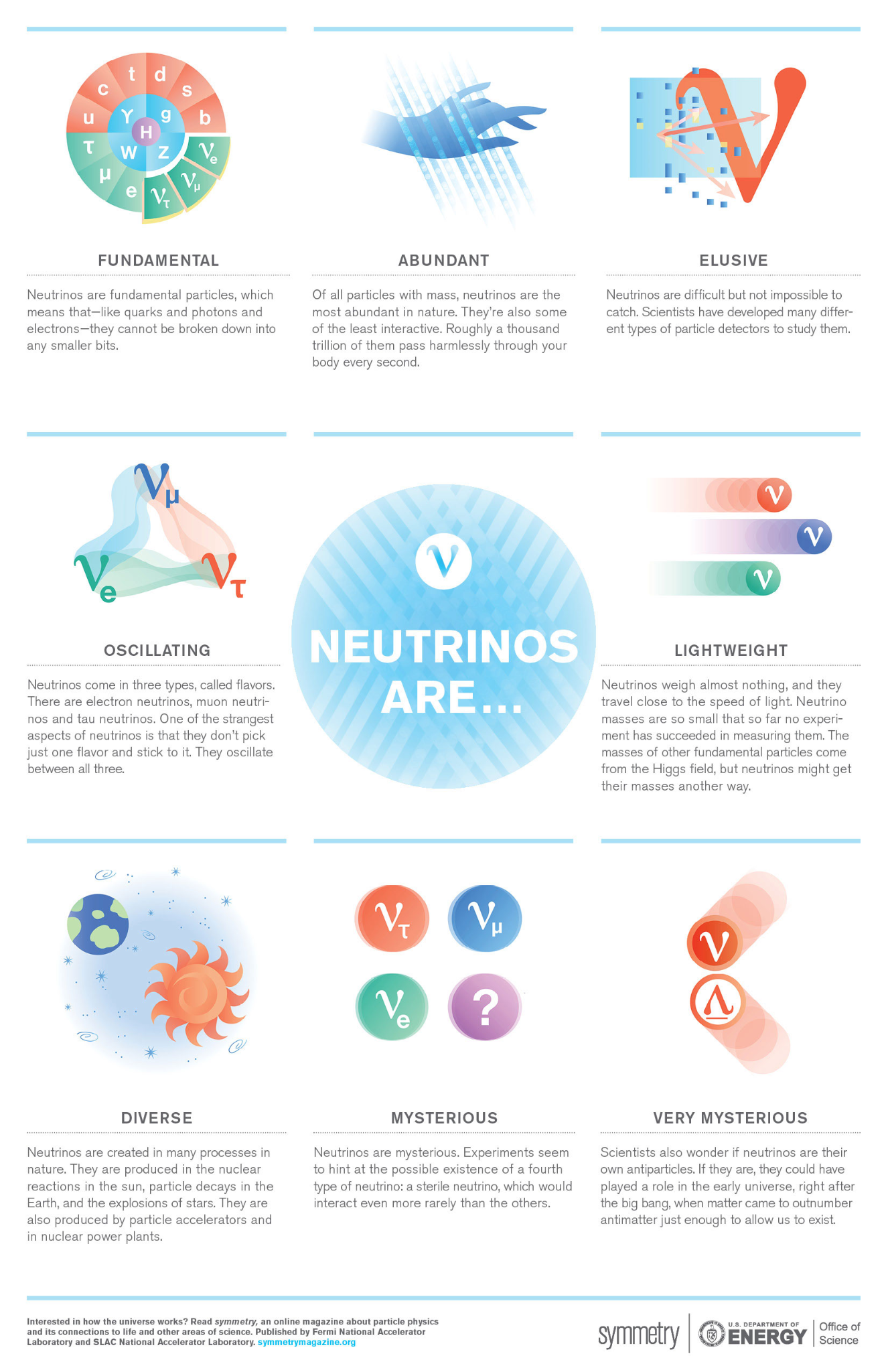Important Facts For Prelims
China's JUNO Experiment to Study Neutrinos
- 28 Oct 2024
- 5 min read
Why in News?
After years of construction, China's Jiangmen Underground Neutrino Observatory (JUNO) is set to begin data collection on neutrinos. This cutting-edge particle physics experiment aims to greatly enhance our understanding of the subatomic particles.
What are the Features of JUNO?
- JUNO will observe solar neutrinos for a real-time view of solar processes and study neutrinos from uranium and thorium decay within Earth to gain insights into mantle convection and tectonic plate movement.
- Set to become operational in late 2025, JUNO will start ahead of the US Deep Underground Neutrino Experiment (DUNE), scheduled around 2030.
- International Collaboration: JUNO's research team includes scientists from the US, France, Germany, Italy, Russia, and Taiwan, demonstrating extensive international cooperation.
- Future Applications of Neutrino Research: While direct applications for neutrinos remain distant, researchers speculate about potential communication uses, such as transmitting long-distance messages through solid matter at near-light speed.
What are Neutrinos?
- Neutrinos are subatomic particles that have no electric charge, have a small mass, and are left-handed (the direction of its spin is opposite to the direction of its motion).
- They are the most abundant massive particles in the universe. They are produced whenever atomic nuclei combine (as in the sun) or split apart (as in a fission reactor or particle accelerator).
- The only ways neutrinos interact is through gravity and the weak nuclear force.
- They can change from one type (electron-neutrino, muon-neutrino, tau-neutrino) to another as they travel and interact with other particles, a phenomenon sometimes called neutrino oscillation.
- Neutrinos can carry information across large distances due to their low interaction rate with matter.
- They could potentially be used to transmit information, replacing electromagnetic waves in communication channels.
Deep Underground Neutrino Experiment (DUNE)
- It will be based in South Dakota, US, situated approximately 1,500 meters underground.
- Objectives: To investigate neutrino oscillations to understand the fundamental properties of neutrinos, including their mass hierarchy.
- Study the asymmetry between matter and antimatter, neutrino interactions, and potential proton decay.
- Global Collaboration: Involves scientists from over 30 countries, including the US, UK, India, Japan, and Brazil, making it one of the largest international collaborations in particle physics.
- Scientific Significance: Expected to reveal insights into particle physics that could impact theories of the universe’s evolution.
Indian Neutrino Observatory (INO)
- It is a proposed particle physics research mega project with the objective to study neutrinos in a 1,200-metre deep cave.
- The project is proposed to be set up at Pottipuram village in Theni district in Tamil Nadu.
- The project was initially mooted by the Institute of Mathematical Sciences and then by the Tata Institute of Fundamental Research.
- As of October 2024, the construction of the INO project is stalled due to opposition from the state government and ecologists.
UPSC Civil Services Examination, Previous Year Question (PYQ)
Q. In the context of modern scientific research, consider the following statements about ‘IceCube’, a particle detector located at South Pole, which was recently in the news: (2015)
- It is the world’s largest neutrino detector, encompassing a cubic kilometre of ice.
- It is a powerful telescope to search for dark matter.
- It is buried deep in the ice.
Which of the statements given above is/are correct?
(a) 1 only
(b) 2 and 3 only
(c) 1 and 3 only
(d) 1, 2 and 3
Ans: (d)







